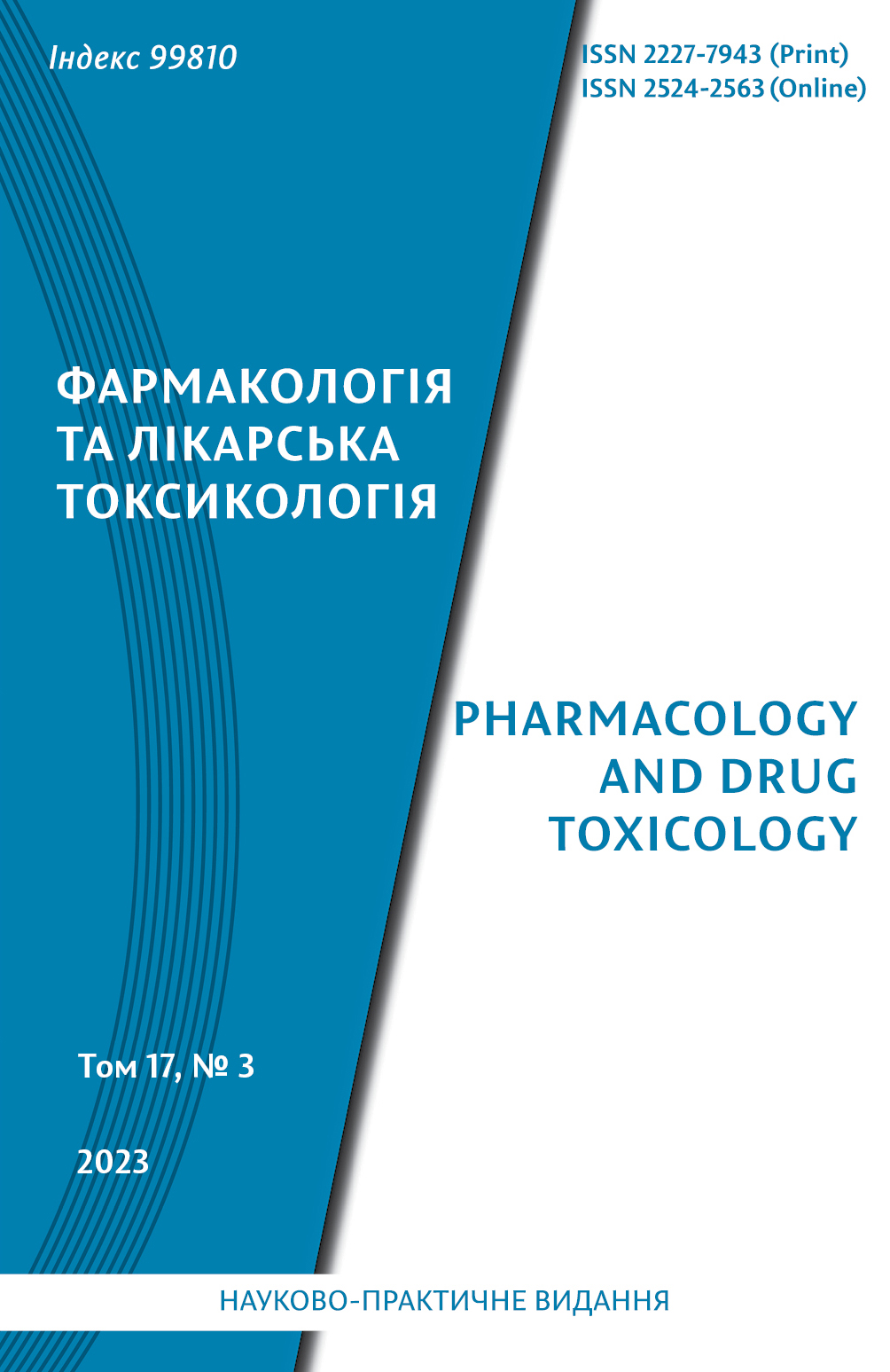Abstract
The question of vitamins, vitamin-like substances and micronutrients use in patients with non-alcoholic fatty liver disease (NAFLD) and other non-infectious liver diseases is debatable.
The aim of the study − to establish the effect of complex pharmaceutical composition (CPhC) Aevit premium on the structure of liver tissue under conditions of experimental metabolic syndrome in Syrian golden hamsters.
Experimental metabolic syndrome (EMS) in Syrian golden hamsters was caused by a cafe diet, the components of which were a mixture of industrially processed food products with no less than 40 % fat. The prepared mixture was given to animals in excess for 7 weeks (49 days). Drinking water was replaced with 10 % fructose. The investigated CPhC (25.8 mg/kg) and comparative drugs: metformin (60.0 mg/kg) and vitamin E (100 mg/kg) were used starting from the 5th week of EMS simulation for 3 weeks (21 days) in the treatment mode.
Long-term use of a cafe diet caused signs of steatohepatitis in the liver tissue of Syrian hamsters: dif- fuse vacuolar (mainly hydropic and fatty) dystrophy, inflammatory round cell infiltration, accumulation of small fat droplets and a significant decrease of hepatocytes saturation with glycogen. Under the influence of CPhC a decrease in the manifestations of steatohepatitis in hamsters with MS model was observed. The established positive effect of CPhC on the structure of the liver tissue of hamsters under metabolic syn- drome conditions is probably due to the pharmacological properties of the components of CPhC: ethyl esters of Omega-3 acids, vitamin E, coenzyme Q10, zinc, vitamin A, biotin, selenium. In terms of the cor- rective effect expressiveness on the condition of the liver of hamsters with ЕMS, CPhC is not inferior to the comparable drugs: vitamin E and metformin.
The results obtained indicate the hepatoprotective properties of CPhC in experimental metabolic syn- drome.
